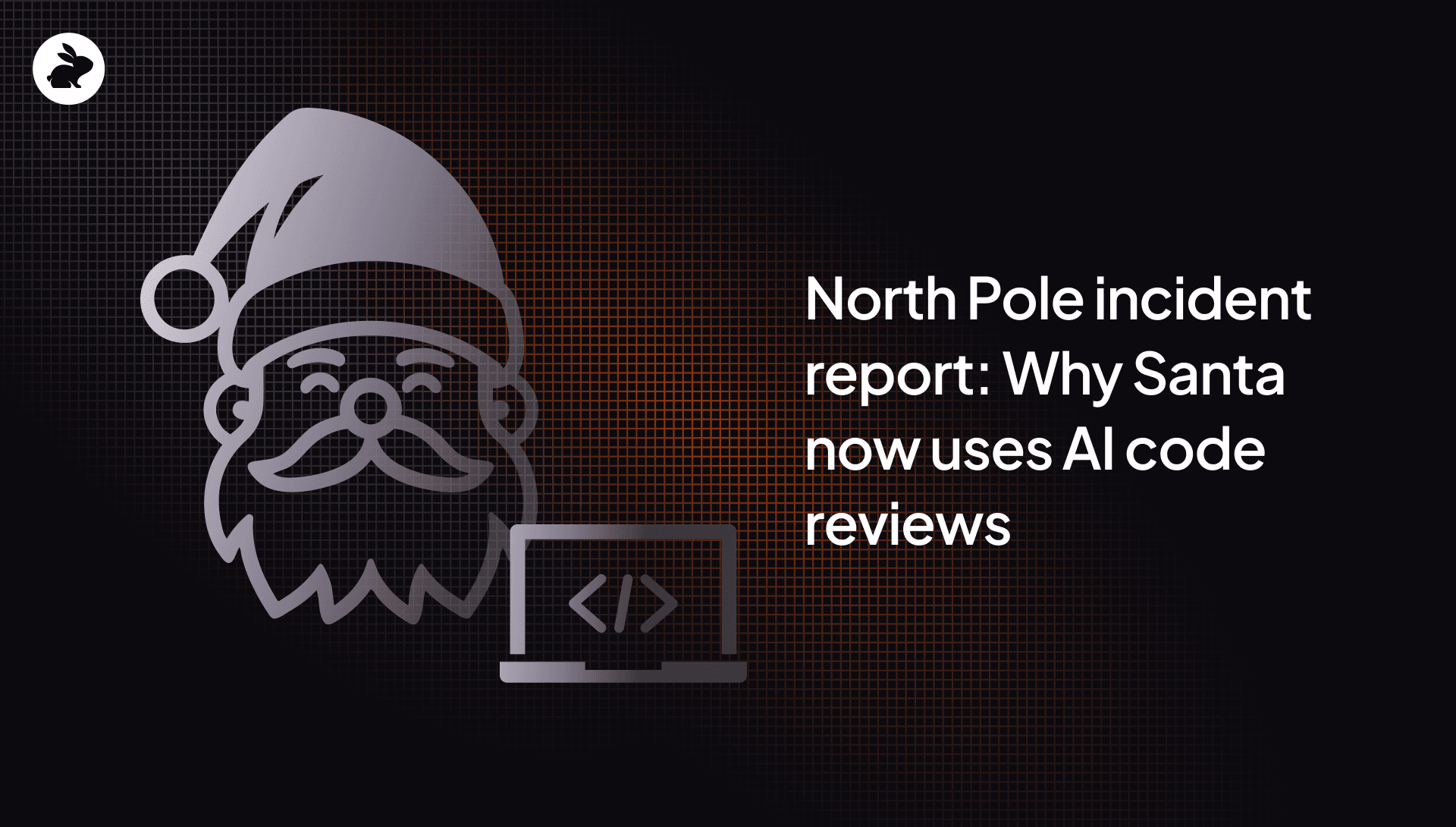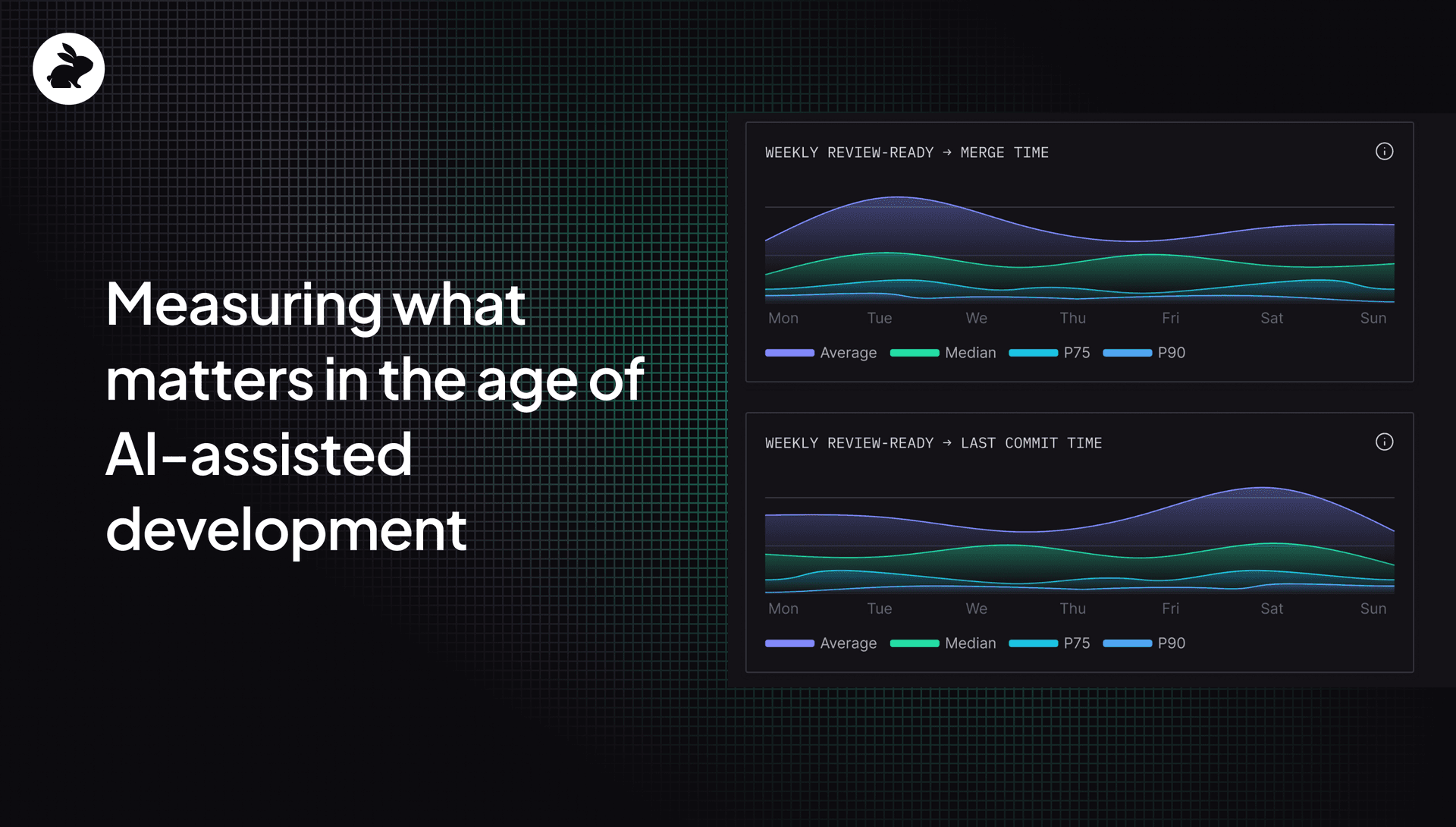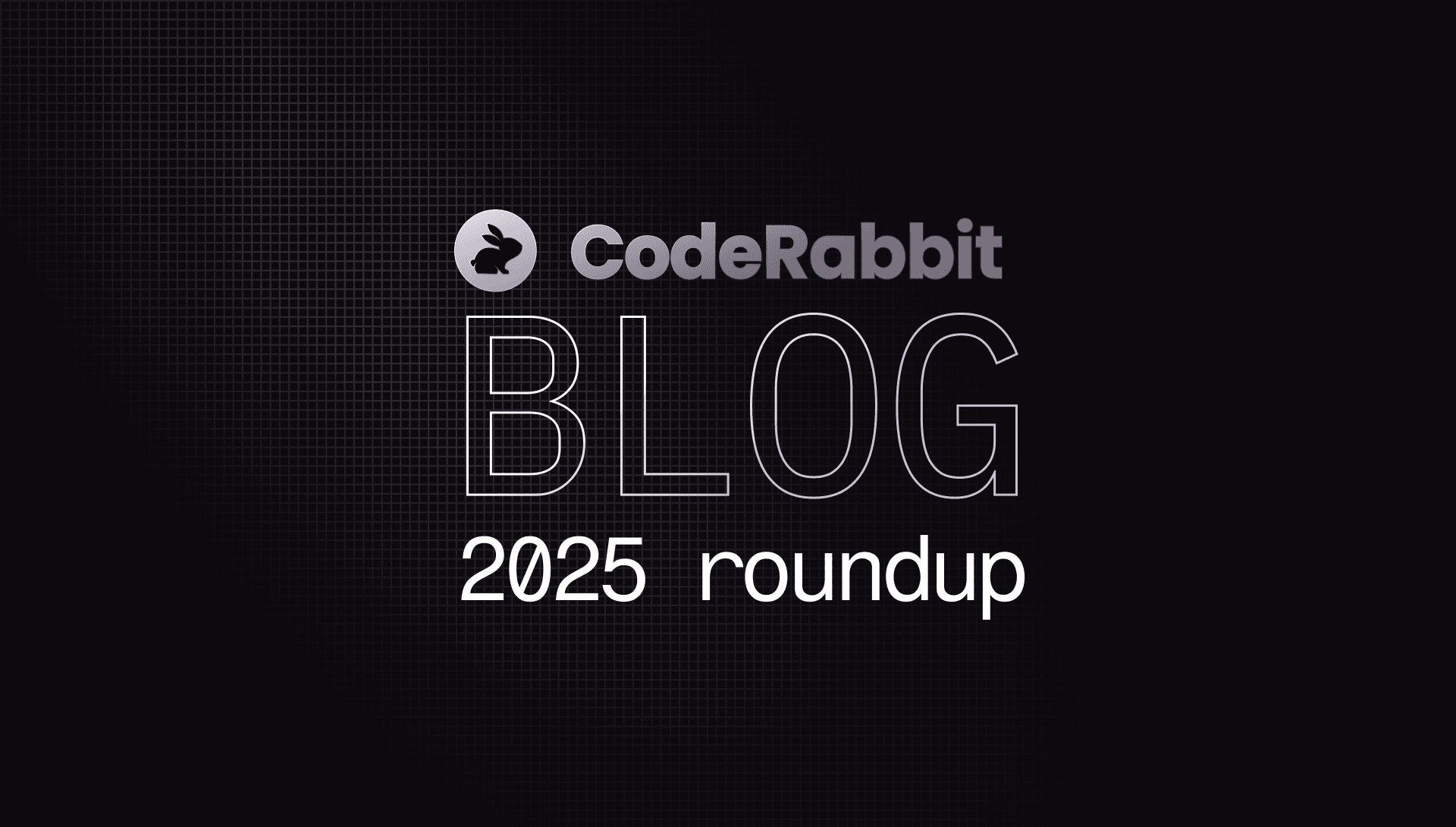
How CodeRabbit Detects Secrets and Misconfigurations in IaC workflow?
by 

Atulpriya Sharma
Product
English
Popular
November 12, 2024
16 min read
November 12, 2024
16 min read

Cut code review time & bugs by 50%
Most installed AI app on GitHub and GitLab
Free 14-day trial









